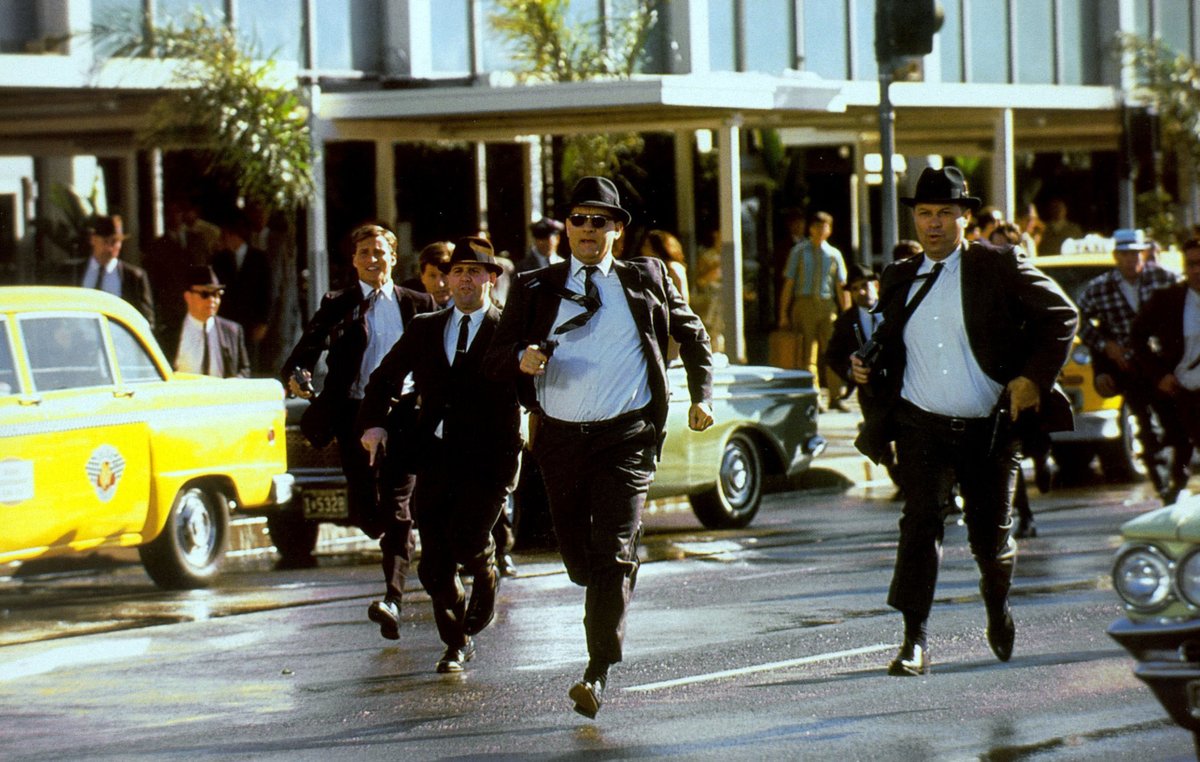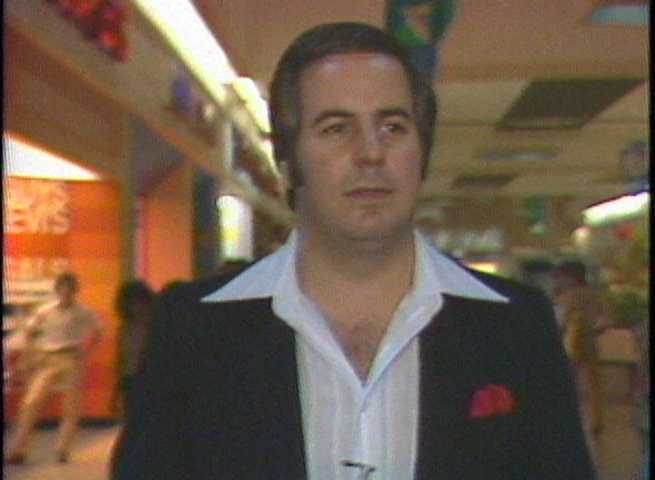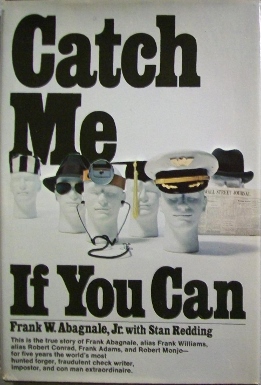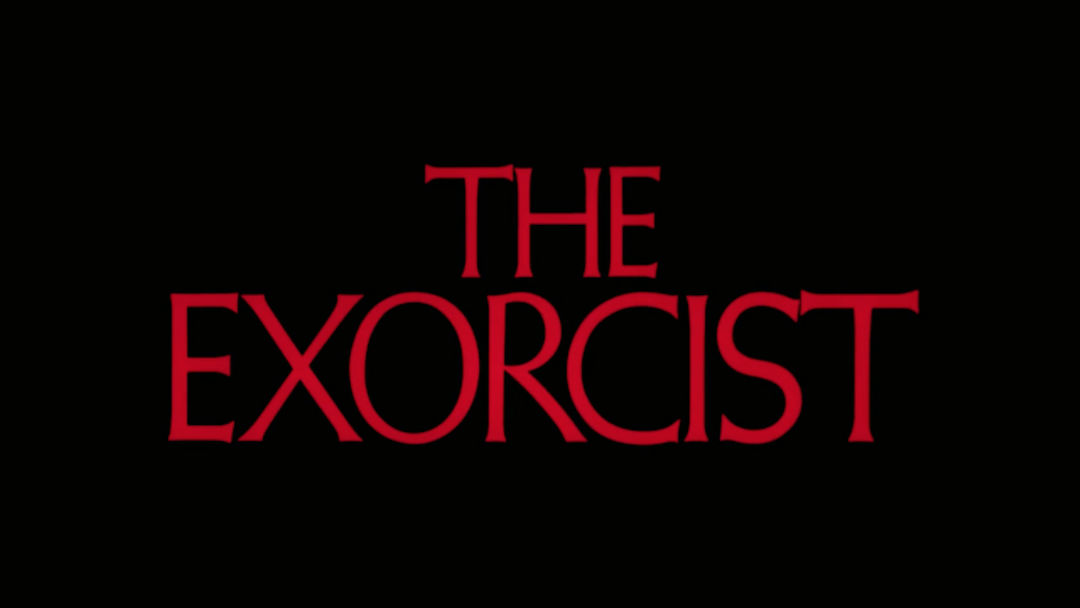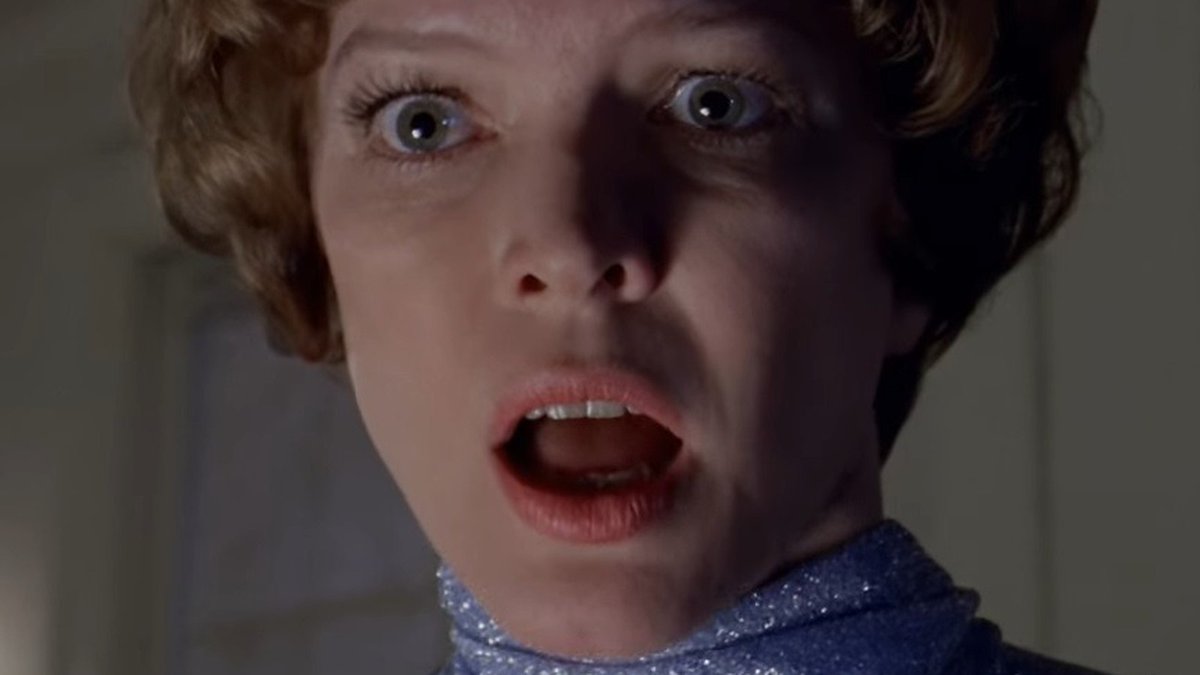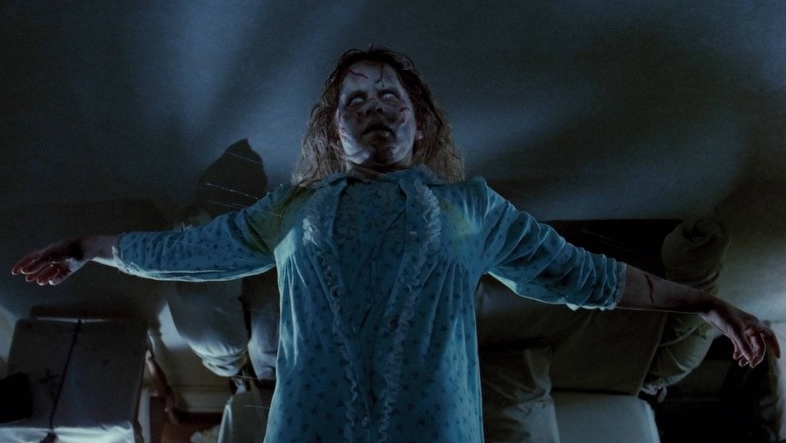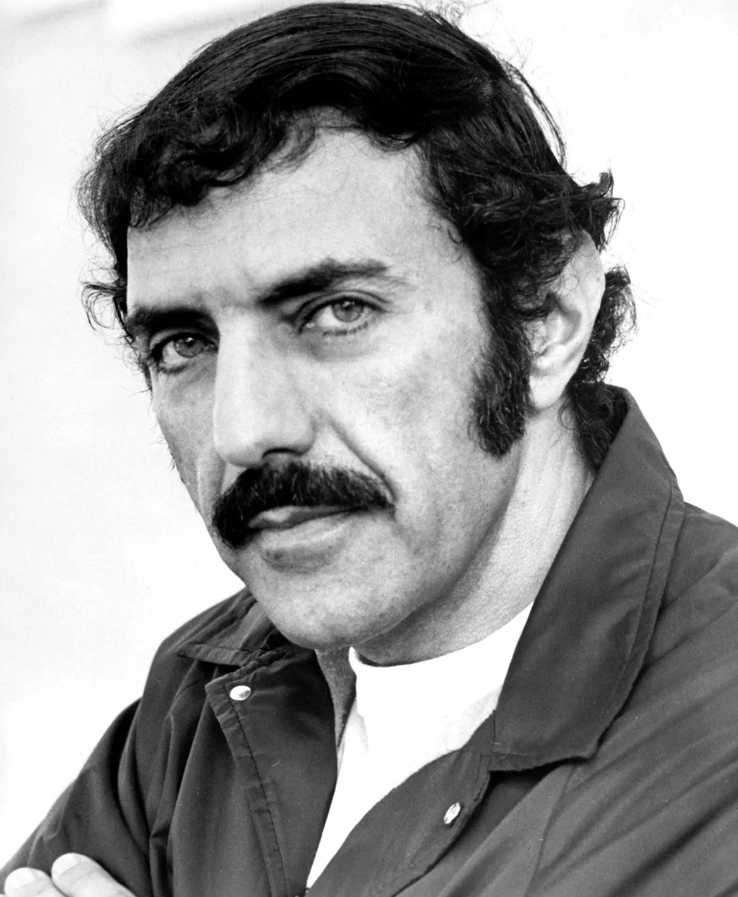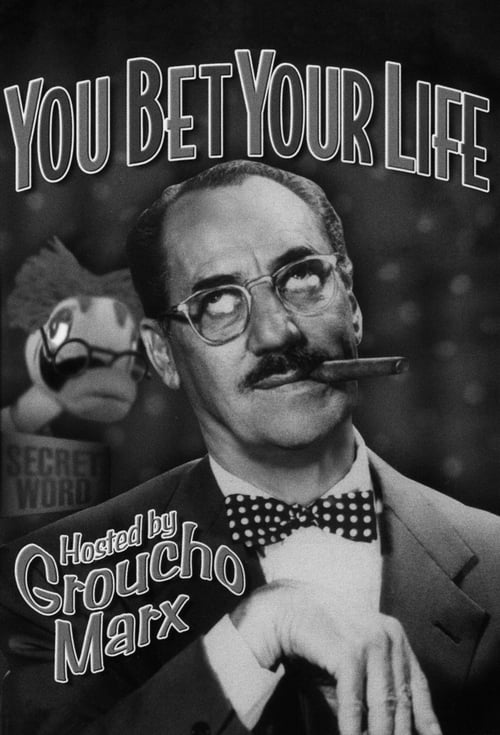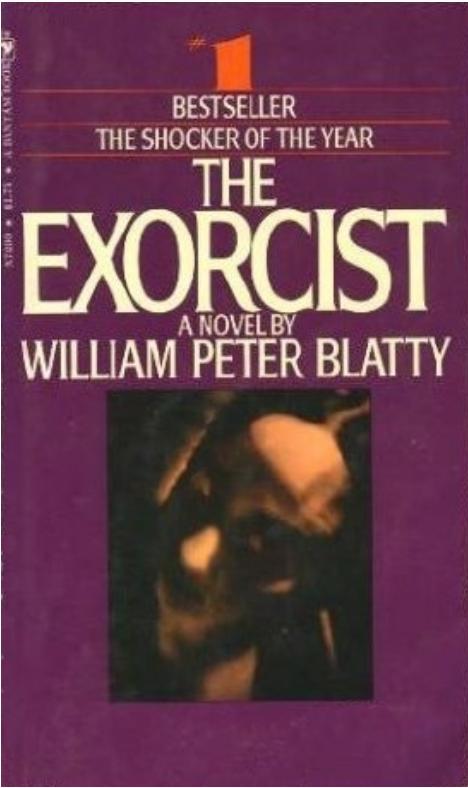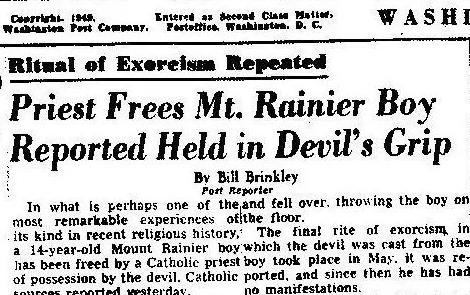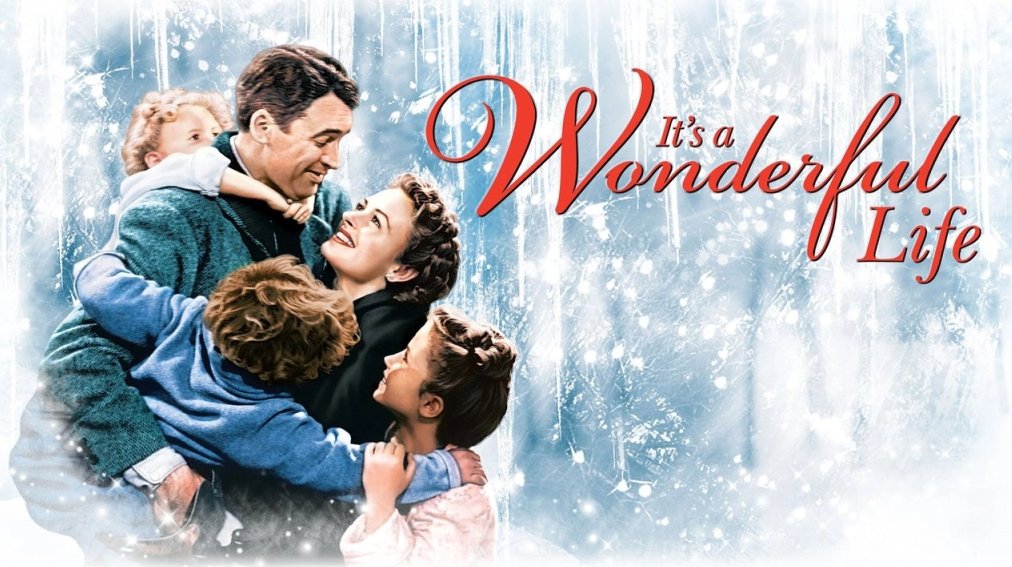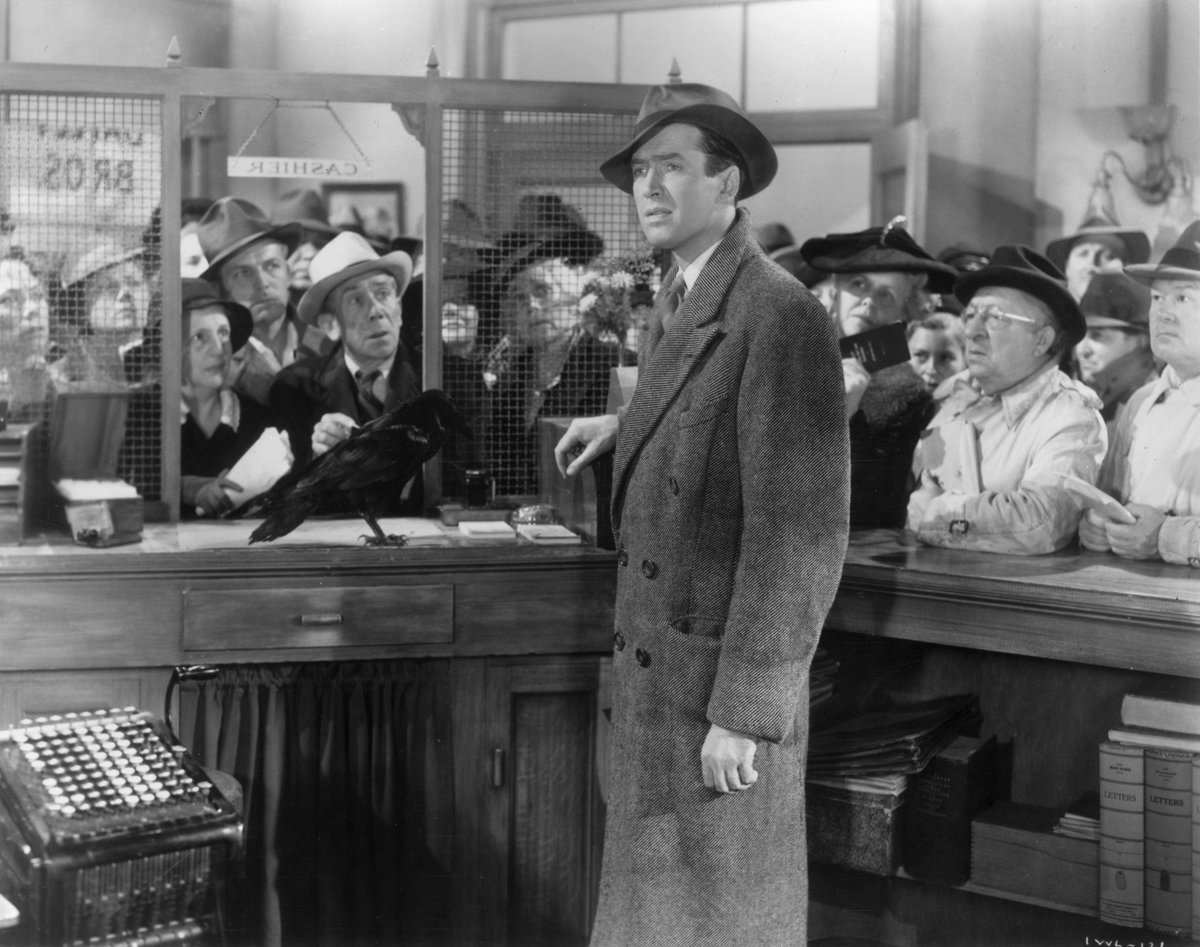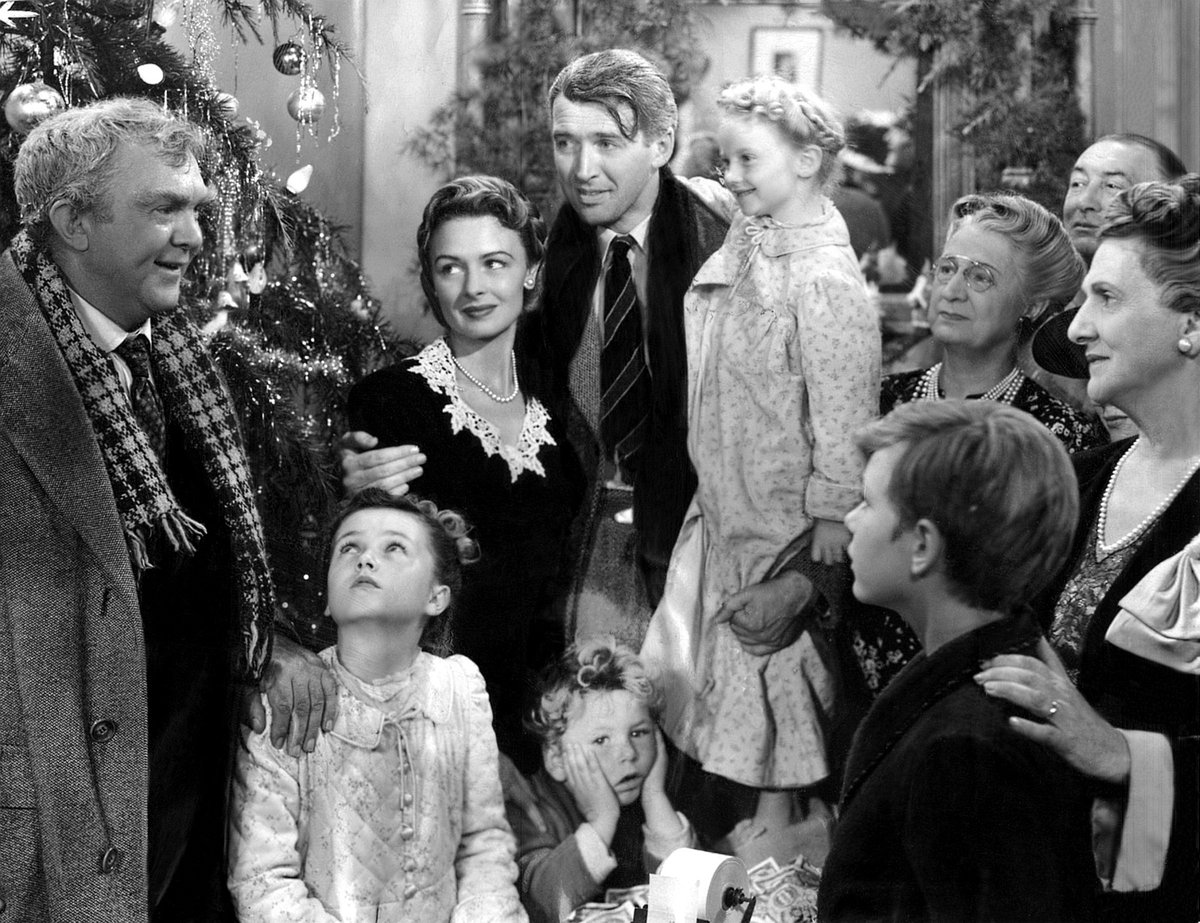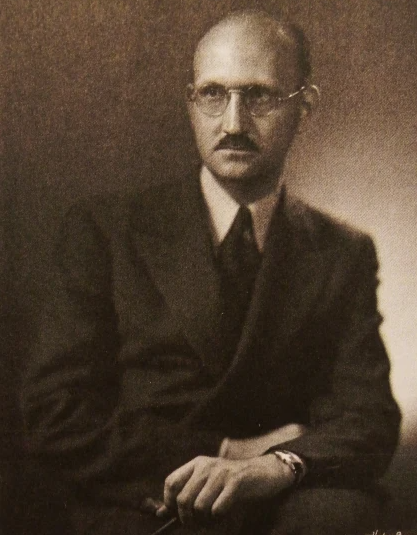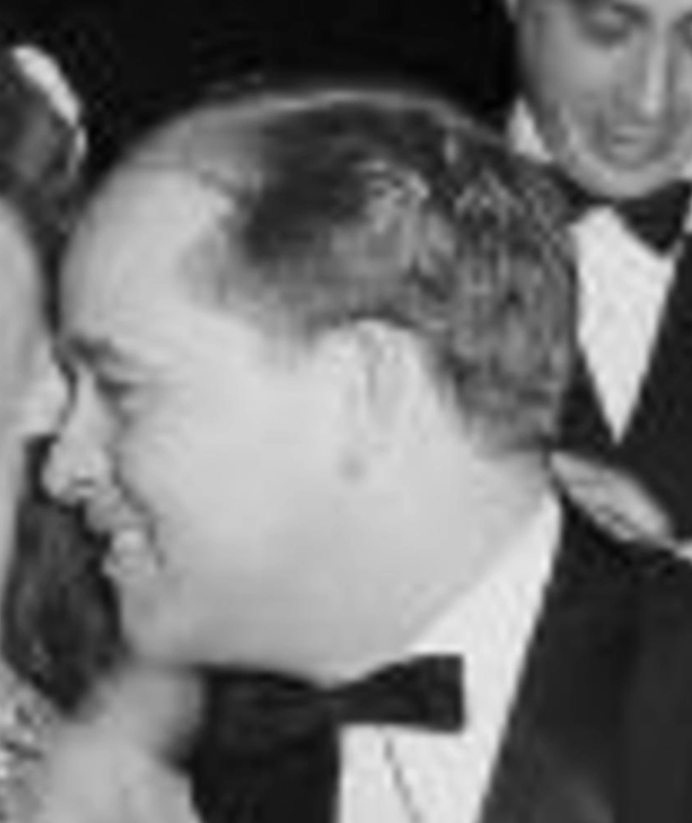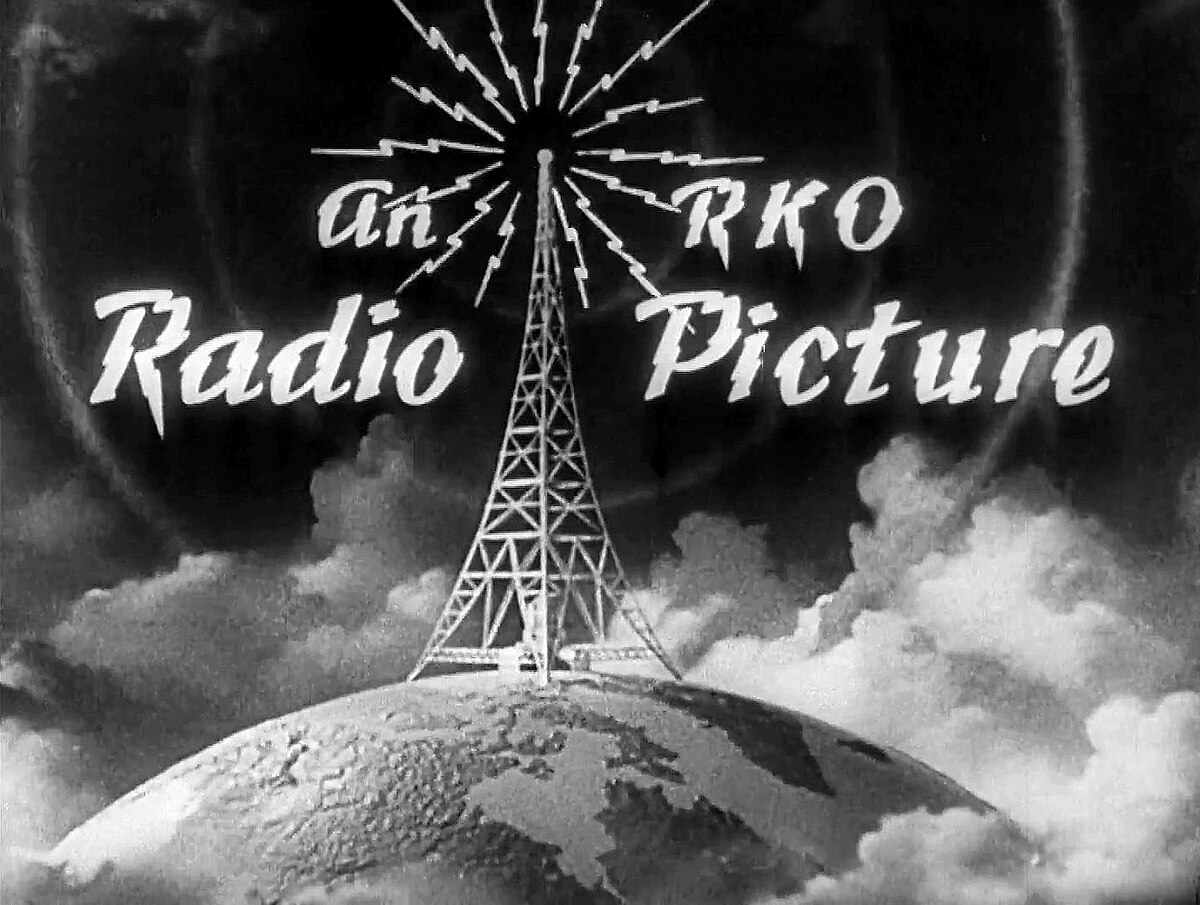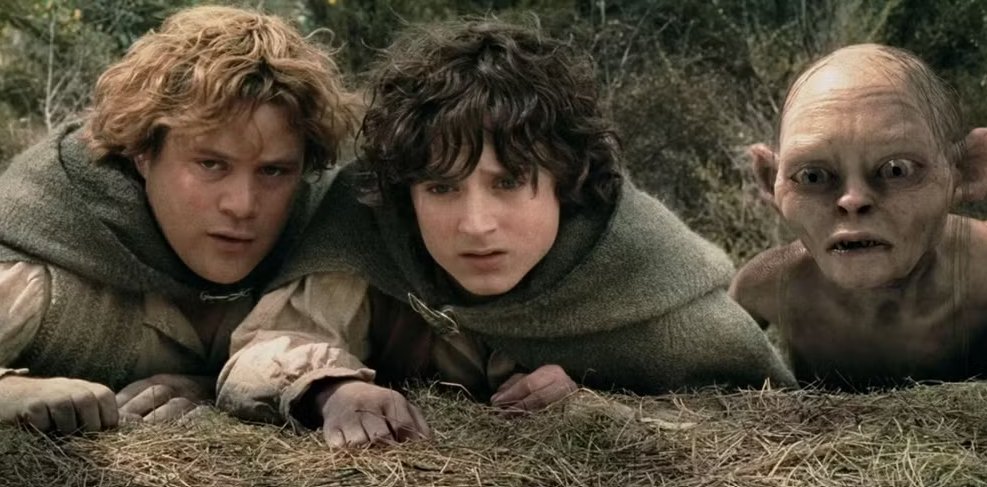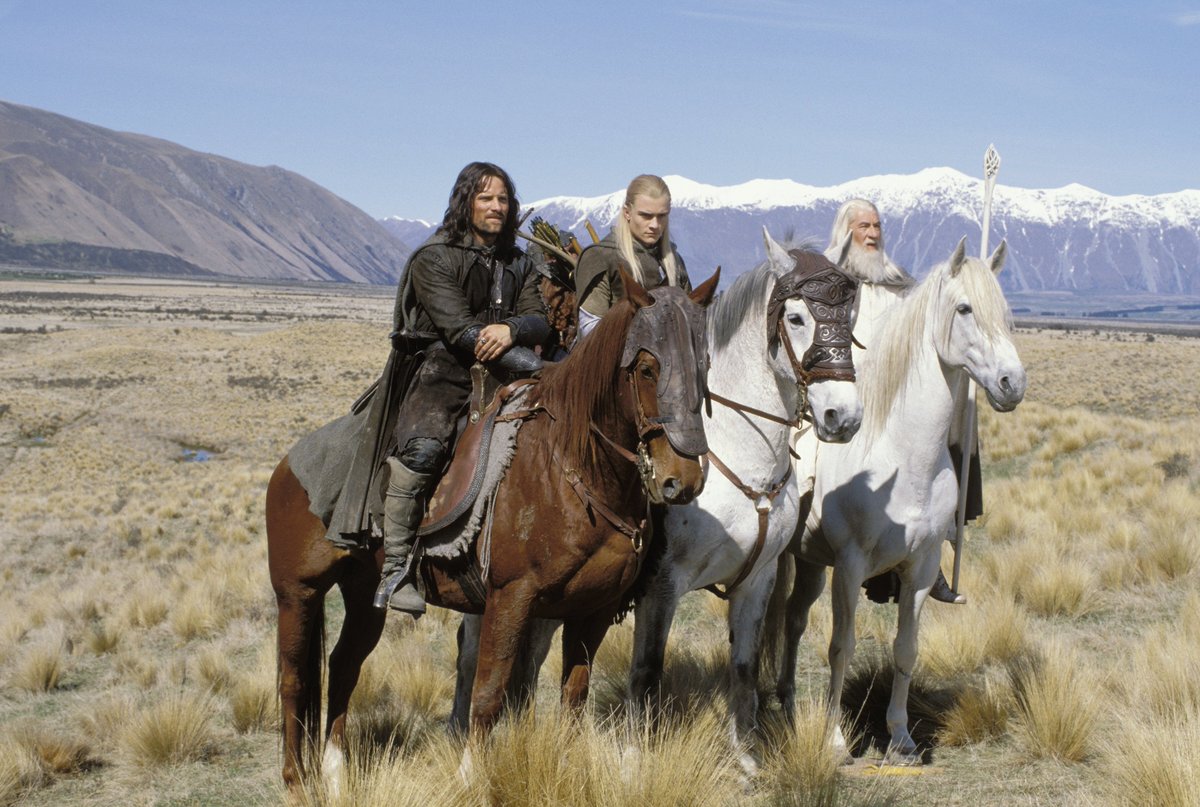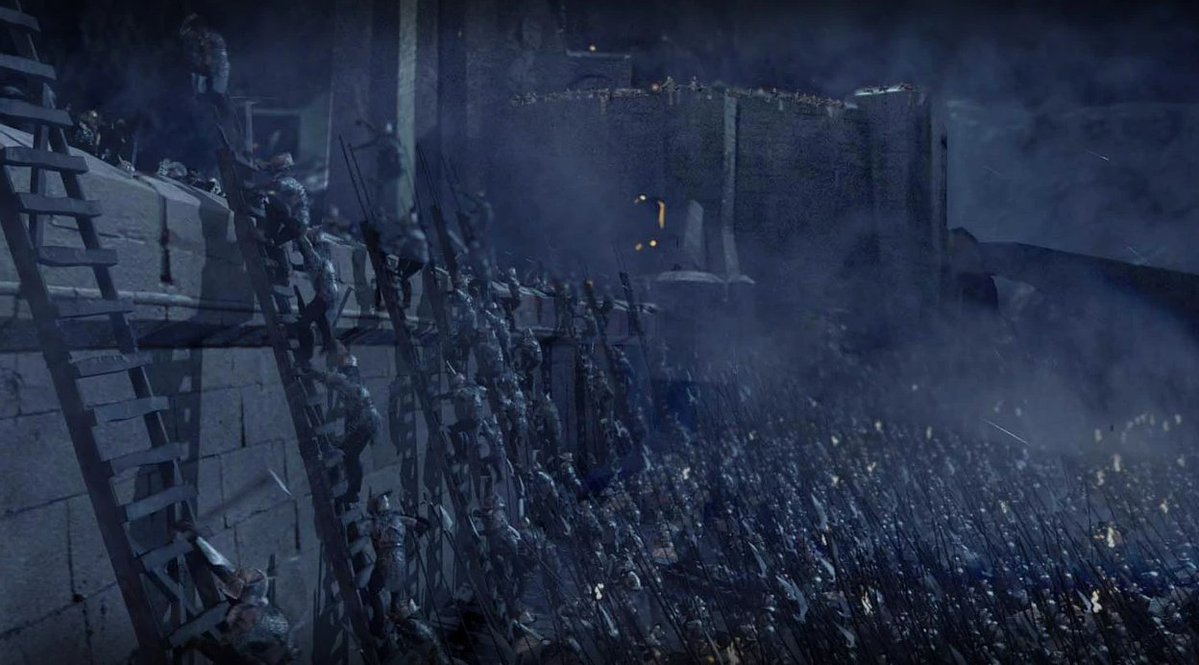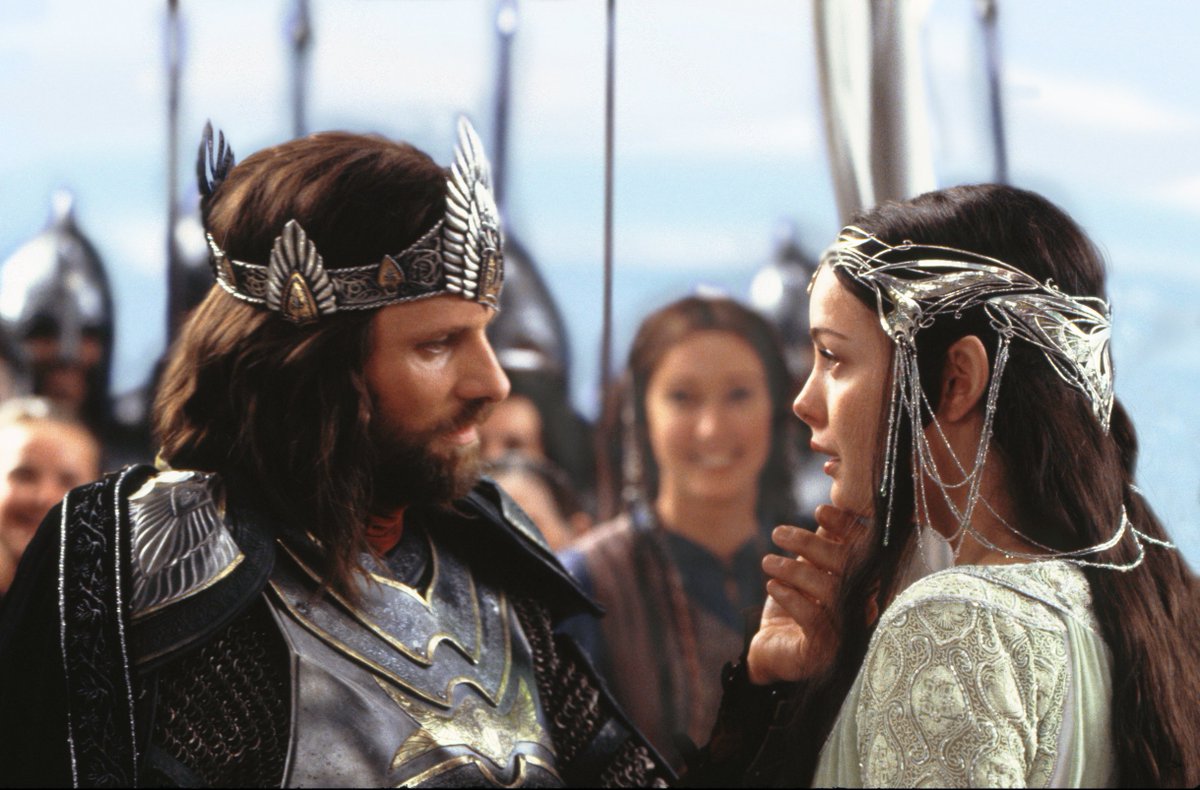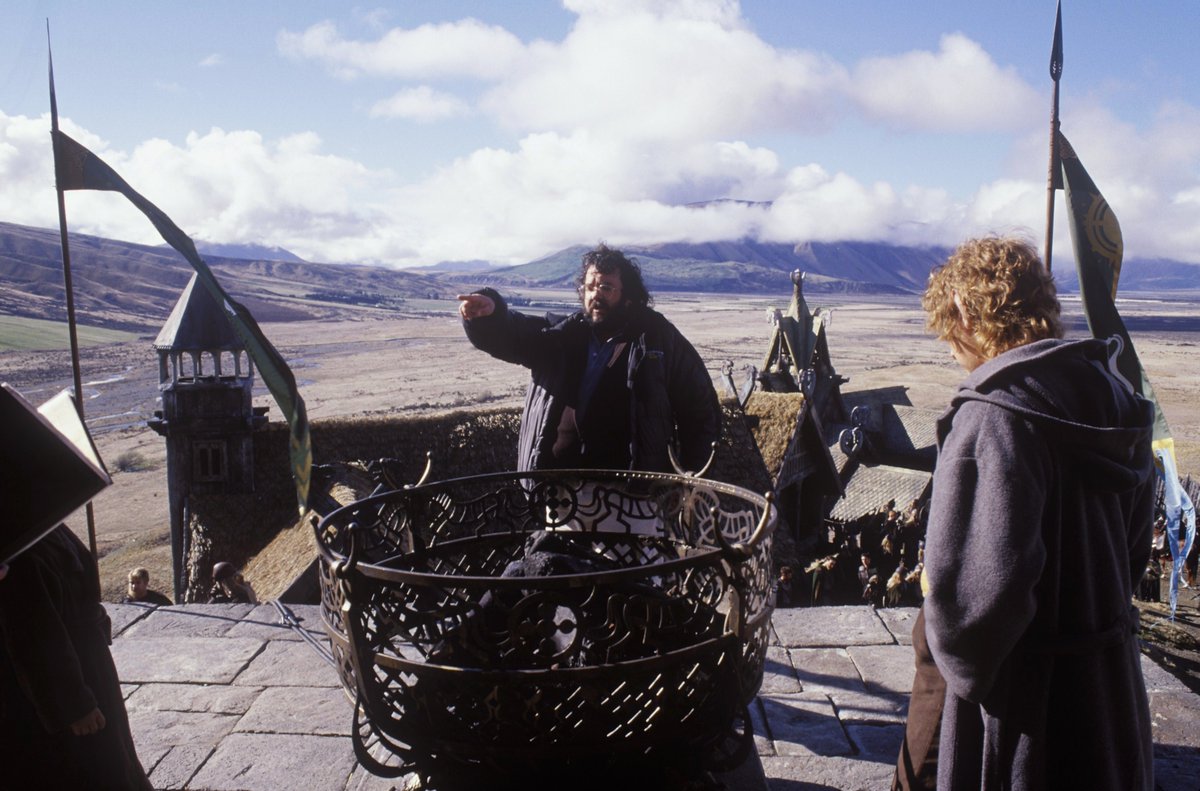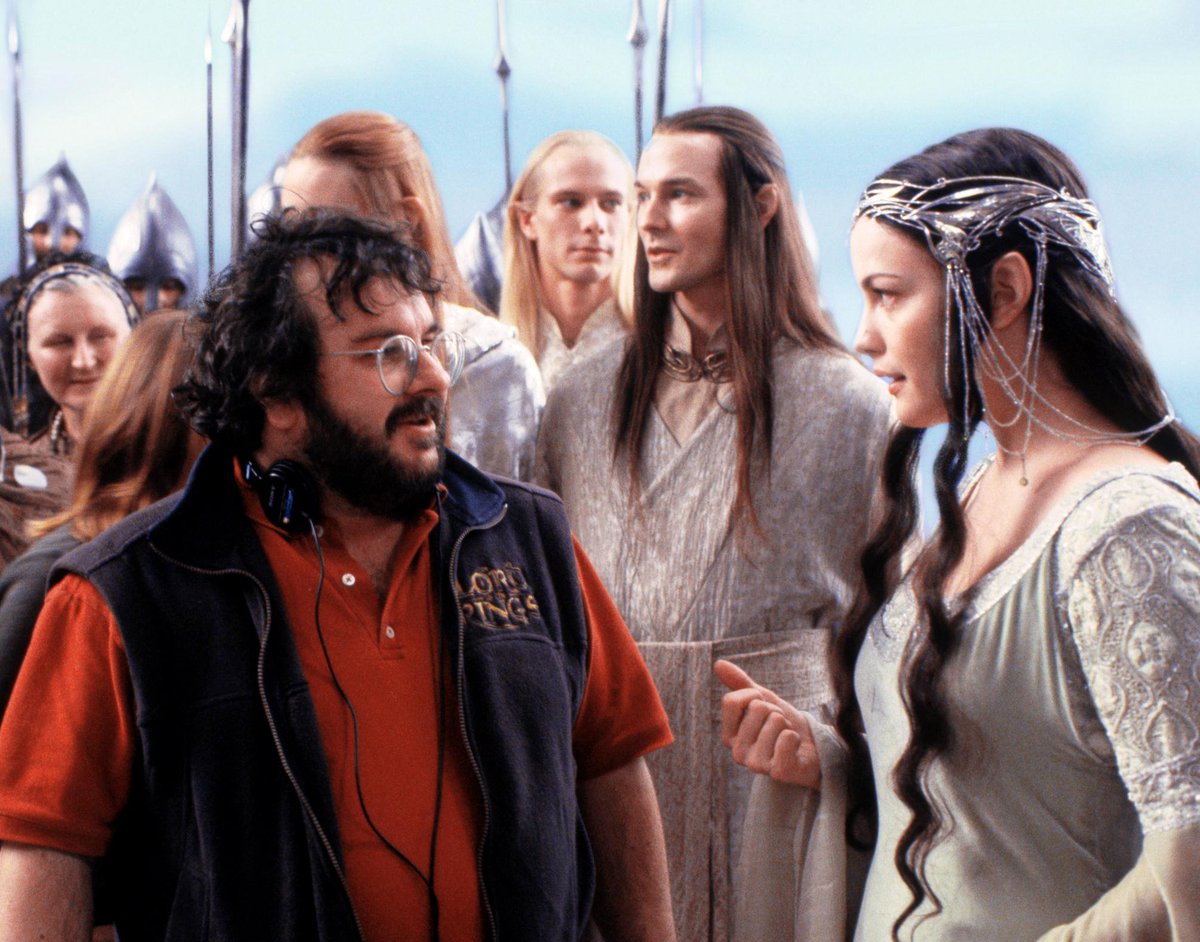THE FUGITIVE opened nationwide in the US 30 years ago today. Starring Harrison Ford as Dr. Richard Kimble, it was an unexpected box office smash and Oscar winner. The behind-the-scenes story shows that it was a miracle the film was even made…
A THREAD
1/34




A THREAD
1/34




The Fugitive was based on the 60s TV show of the same name. Producer Arnold Kopelson loved the show, and had been trying to get an adaptation off the ground since the 80s. A number of screenwriters wrote unsuccessful drafts, including Walter Hill.
2/34



2/34



One of the ideas had Kimble on a globe trotting adventure to prove his innocence. Another had Sam Gerard (Tommy Lee Jones) hiring a one-armed man because of Kimble’s botched surgery on his wife.
3/34


3/34


Writer David Twohy’s first script was horror movie Warlock (1989), produced by Kopelson. Kopelson told Twohy that he was adapting The Fugitive, Twohy said, “Arnold, you’ve got Les Misérables on your hands!” Kopelson was impressed, and locked Twohy in to write the screenplay
4/34


4/34


In Twohy’s original script, Kimble was married to the coal baron bad guy’s daughter, and he wound up having an affair with his sister-in-law while on the run. Kopelson took Twohy off the project and drafted in original Die Hard (1988) writer Jeb Stuart for re-writes.
5/34


5/34


A lot of what made it to the screen were part of Twohy’s original idea. The prison bus shootout, the train collision with the bus and Kimble visiting a one-armed man in prison were all present early on. Originally, the dam jump scene was set at Niagara Falls.
6/34



6/34



A number of high-profile stars auditioned for the lead prior to Harrison ford signing on. Alec Baldwin was originally in contention, other actors included Michael Douglas, Nick Nolte and Kevin Costner.
7/34




7/34




Harrison Ford took the role because he liked playing characters that aren’t like him, and he wanted to grow a beard. Warners weren’t happy with the beard, arguing that they’d paid to see Ford’s face. It was then agreed that it would be written into the character.
8/34


8/34


Andrew Davis was drafted in to direct after his work on Under Siege (1992). He got a call from head of Warner Brothers production, Bruce Berman, who said “congratulations, Harrison Ford saw Under Siege over the weekend, and he wants you to make The Fugitive."
9/34



9/34



Gene Hackman and Jon Voight were considered for the role of Sam Gerard, but Davis had just worked with Tommy Lee Jones on Under Siege and thought he was perfect for the part.
10/34



10/34



With all the principal players in place, the decision was made to shoot in Chicago, despite the freezing conditions. This was motivated by Ford and Davis’ familiarity with the city, and the tight schedule. Filming started in February, with an August release date planned.
11/34



11/34


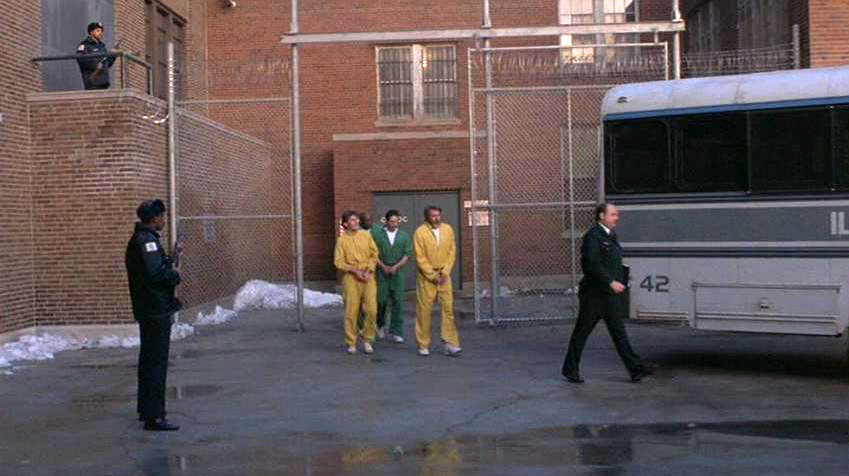
Legendary cinematographer Michael Chapman was hired to shoot The Fugitive, one week after filming started. He took the job because he wanted to stay on good terms with Warners, but he hated shooting in the winter and didn’t get along with Andrew Davis.
12/34



12/34

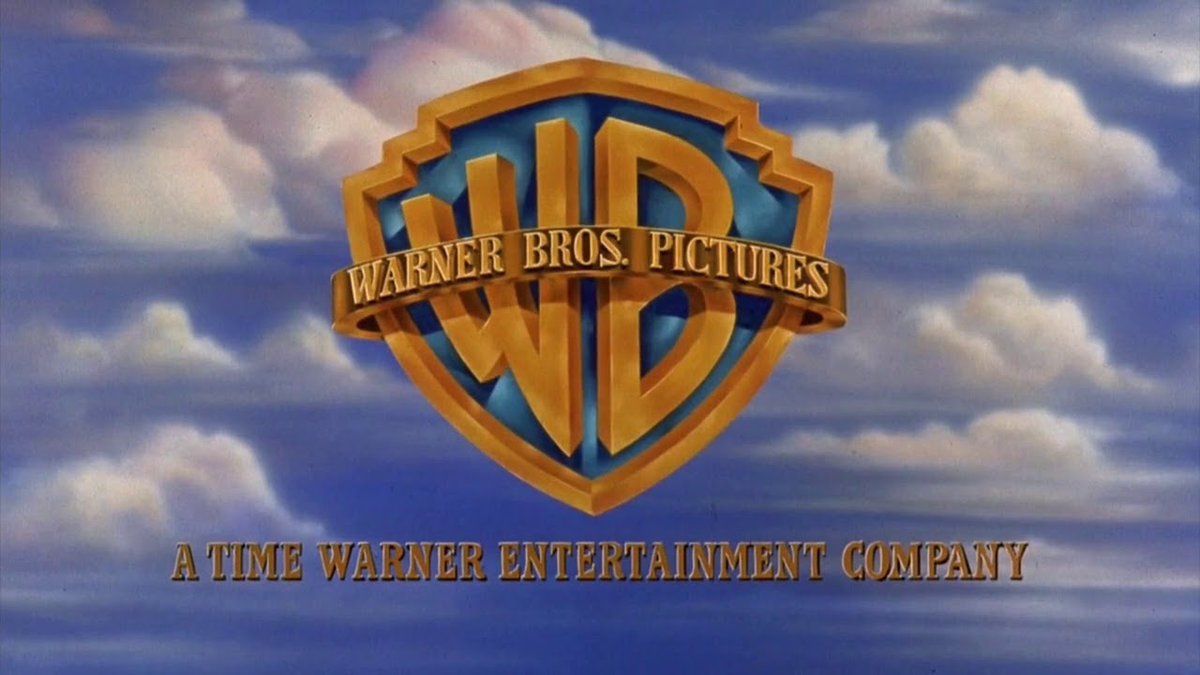

The script was being written on set, and it was Davis’ sister who came up with the idea of pinning the murder on pharmaceutical executives. She was a nurse in LA and Davis asked her what could get a doctor into trouble, she suggested that he disapproves a new miracle drug.
13/34


13/34


Davis claimed that 70% of the dialogue in the film was improvised. “Every morning I’d talk the scenes through with the actors, we’d improvise, rehearse, then shoot. I’m sure the studio were thinking, ‘What’s going on?’”
14/34


14/34


Some of the funniest lines in the film were improvised, such as Gerard saying “Think me up a cup of coffee and a chocolate donut with some of those little sprinkles on top.”
15/34
15/34
Richard Jordan was cast as bad guy Dr Charles Nichols, and shot a lot of his scenes. But he was sadly diagnosed with a brain tumour and was replaced by Jeroen Krabbé. His scenes had to be re-shot, and Harrison Ford wore a fake beard for continuity.
16/34


16/34


Krabbé lived in Holland and got a call at night from his agent telling him about the film. The next day he was on a plane to Chicago, knowing very little about the film. When he got on set, Ford put his arm around him and said “I’m going to help you, buddy. Don’t worry.”
17/34


17/34


Joe Pantoliano went to great lengths to make his presence known on screen. Gerard’s team didn’t originally have a large part, but Pantoliano stuck to Lee Jones like glue, improvising lines to go into the scenes.
18/34



18/34



Cosmo Renfro (Pantoliano) was originally going to be killed off at the end. But Pantoliano decided to make groans and noises on the ground after he was hit with the beam. Ford walked up to him shaking his head saying “you should be dead.”
19/34
19/34
Pantoliano wanted to be in the sequel but Ford said there wouldn’t be one because he wouldn’t be in it. Pantoliano replied “Well, f**k you. Who needs you? We’ll just chase another 20-million-dollar asshole through the woods!” And Ford was on the floor laughing.
20/34


20/34


The dam jump was shot in two different locations. A real dam in North Carolina was used with Harrison Ford tied to a wire. The tunnels of the dam were a set, built in an old steel factory. There were six Harrison Ford dummies made for the jump, costing around $10,000 each.
21/34
21/34
The St. Patrick’s Day parade scene was shot during the actual parade. Ford and Lee Jones went into the crowds without any rehearsals, followed by a small camera crew. The hat that Ford picked up wasn’t a prop, Ford improvised it for the scene.
22/34
22/34
In the interrogation scene, Ford didn’t know the questions the police were going to ask his character. Andrew Davis said this added realism to Kimble’s defensive and flustered answers.
23/34
23/34
Jane Lynch said that Ford was unhappy with the dialogue in their scenes and they ended up re-writing their lines. Lynch remembers some key advice that Ford gave her “It doesn’t matter how smart you are, you look stupid if your mouth is agape.”
24/34


24/34


Julianne Moore also has a small part despite being high up in the credits. She was originally cast as a love interest for Kimble, but her scenes were cut when it was decided that a grieving widow wouldn’t have an affair while trying to clear his name.
25/34



25/34



The train crash scene was shot for real. The moment when Kimble jumps from the train was achieved using rear-projection, but that is an actual train hitting a bus. The wreckage is still in the North Carolina mountains, and has become a tourist attraction.
26/34



26/34



When shooting the moments of Kimble running through the woods, Ford tore ligaments in his leg. The limp that Kimble has in the film was real, and Ford held off getting surgery until filming wrapped.
27/34
27/34
Nobody on set were confident about the film. Joe Pantoliano said that everyone thought the film was a dud, Tommy Lee Jones thought it was going to end his career, and Harrison Ford said he was worried that the film would be his Hudson Hawk (1991).
28/34




28/34




Because of the August deadline, six editors worked round the clock to cut the film in record time. The original cut came in at over three hours. This was chopped down by interspersing moments from the first 30 minutes as a flashback narrative.
29/34
29/34
When Andrew Davis showed Harrison Ford the film for the first time, Ford was full of nerves. But when it got to the interrogation scene, he reached over and gave Davis a kiss. Ford called Jeb Stuart and said “I think we’re going to work again.”
30/34


30/34


Joe Pantoliano recalled a time on set when Tommy Lee Jones told him lets have some fun doing the film. He said “we don’t have to worry about this script ’cause let’s face it, nobody’s going to win an Academy Award on this one.”
31/34


31/34


Ironically, the film went on to get seven Academy Award nominations, with Lee Jones picking up the award for Best Supporting Actor.
32/34
32/34
The Fugitive became a massive hit. It returned $368 million worldwide, becoming the third highest grossing film of the year behind Jurassic Park and Mrs Doubtfire.
33/34


33/34


To end on The Fugitive, here’s the spectacular train crash that sets Kimble free…
34/34
34/34
If you liked this thread, please RT the first tweet…
https://twitter.com/ATRightMovies/status/1688158352352718848
Our latest podcast is on FIGHT CLUB. Full of big laughs and opinions so please give it a listen.
alltherightmovies.com/podcast/fight-…
alltherightmovies.com/podcast/fight-…
• • •
Missing some Tweet in this thread? You can try to
force a refresh




